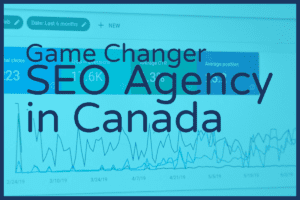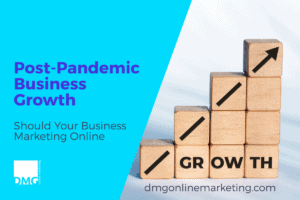Lead Nurturing Simple Explanation of the Start of the Sales Funnel
 To continue from our post on Lead Generation here is an explanation of lead nurturing and how it fits into the sales process.
To continue from our post on Lead Generation here is an explanation of lead nurturing and how it fits into the sales process.
Perhaps some of the best experts on defining lead nurturing are parents of toddlers. As any parent of a toddler can tell you, getting a toddler to do what it is you want them to do is a task of Herculean proportions.
The toddler has her own visions of what works best for her and rarely does it align with what the parents want.
Bath time? No thanks. I’d rather rub yogurt in my hair. Rice for dinner you say? No, I think I would prefer hot dogs, juice and cookies. Don’t even start with bedtime. Exploring cracks in the floor, trying on every pair of PJs and reading 20 bedtime books sounds much more appealing.
To combat (some might say trick) the toddler, a parent’s job is to work that child through a long series of decisions where the toddler says yes eventually showing the toddler that in fact, bath time is more fun than its competition, the yogurt bowl.
Lead nurturing is a process of working a potential client through a similar series of decisions where they provide “Micro Yes-es,” a term given to us by the folks at MECLABS.
At the end of all these small decisions is the big decision, choosing your service over your competitors.
The Start of the Funnel
Many people think of lead nurturing in terms of their marketing funnel. The lead nurturing is the process of moving a prospect through the funnel, nurturing them along the way with information, face to face conversations and other enticements to make your company stand out from the rest.
The lead nurturing process begins when you answer a prospect’s initial question: Why should I choose your service to solve my problem instead of your competitor’s service? This is the question that all the prospects who enter your funnel begin with.
At this point in the process, a prospect might enter several funnels at once, looking to see who provides the best answer and the most attractive enticement to move forward to the next decision.
A fully formed lead nurturing plan will help you work with a prospect to make this first Micro Yes. A key reason in getting this answer right is having a strong ideal client profile prepared where you have anticipated the answer that will best serve your most valuable clients.
Moving Forward
Once a prospective client has a foot in the door, it’s time to progressively move the prospect through the funnel. Some people see the funnel as moving down to the final decision. Other see it as moving up, swimming against the current and avoiding snags.
No matter how you see the funnel, the important thing to remember is that you have to move through it one step at a time. Here we’ll look again at our surly toddler. Skip one enticement on the way to the bath and you’re back in the yogurt bowl again.
Only this time, you can’t start over with the same process. You have to come up with something new and creative and any busy parent will tell you this is tough at 8 p.m. on a Wednesday.
Provide useful information without overwhelming a prospect. Show the prospect the benefit of your services without becoming demanding. Answer the questions a prospect asks, but don’t bring up potential pitfalls or problems.
Closing the Deal
Lead nurturing would seem to end with the final Macro Yes, the commitment the prospect makes to your service. But in truth, the lead nurturing process never ends. The hyper-competitive business world means other enticements will come to your client’s attention all the time.
So, you have to continue working through the lead nurturing process, constantly attending to your client’s needs, providing value and anticipating their needs.
Because like any parent will tell you, getting the baby in the bath is just half the battle. Now you have to get the baby out of the bath, too.
[ “5968, 2877”]



